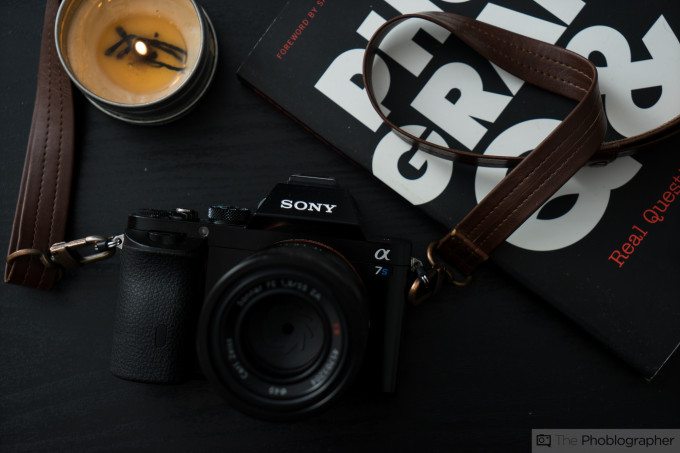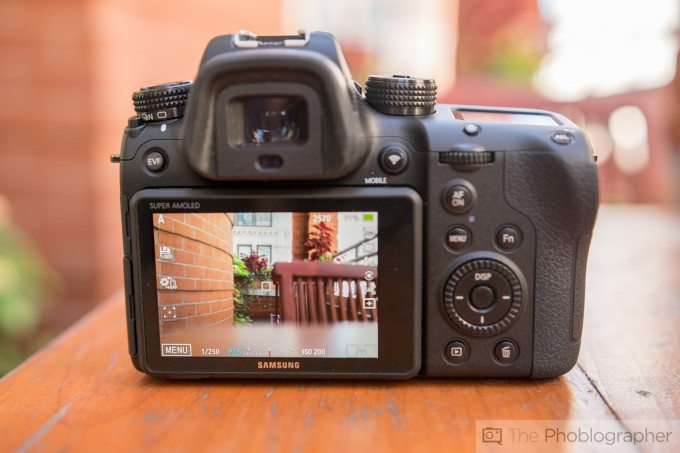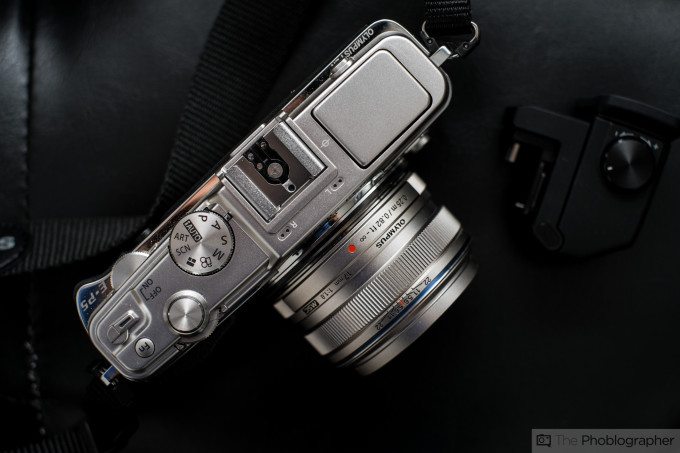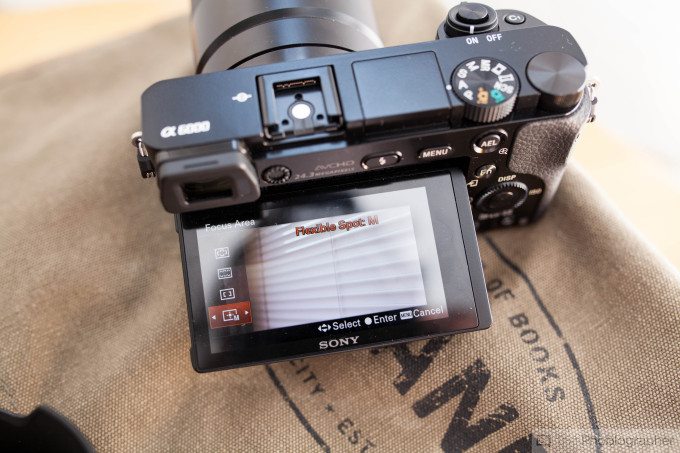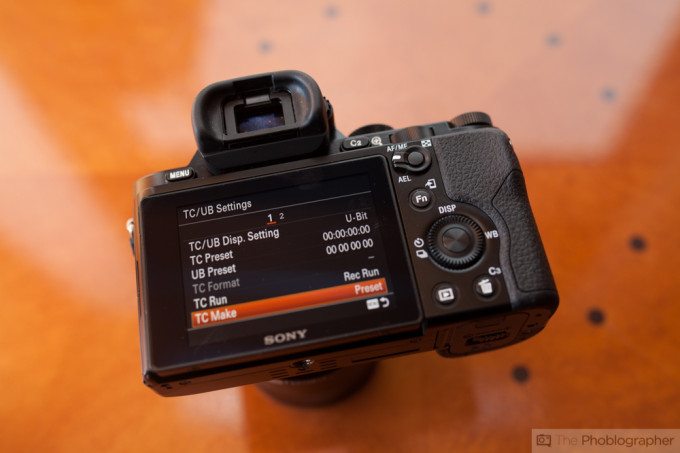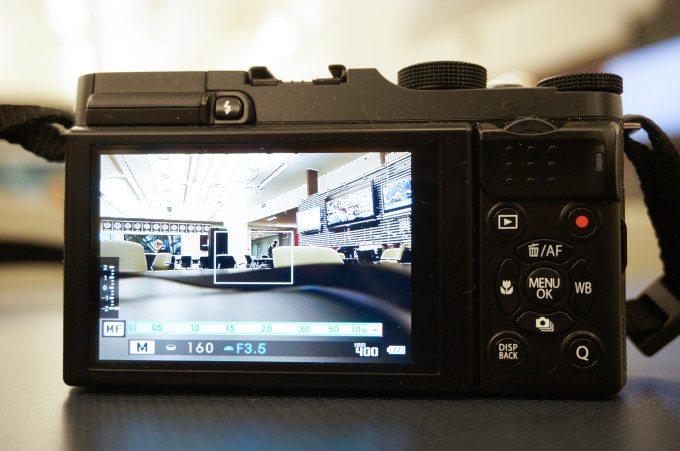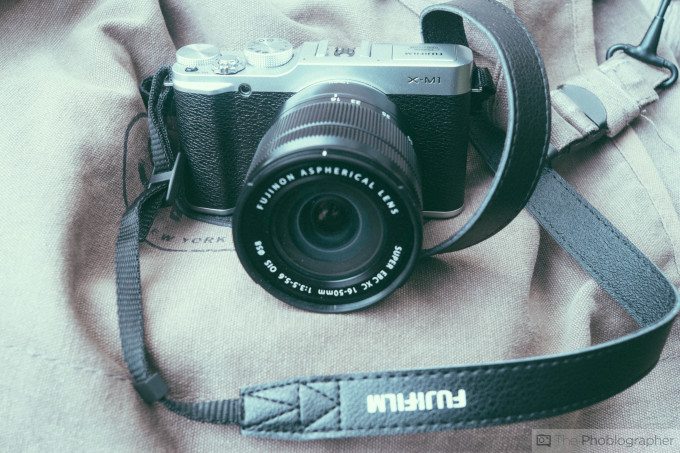If you’re a mirrorless camera user, then you most likely know that your battery life in’t the greatest. There are many reasons for this–and much of it is owed to the natural designs of the cameras in how they function. For years, there have been ways to prevent the juice from draining so quickly from your device. And for the most part, much of that advice still applies. But there are even more methods that you can do with your camera that will help its battery life last much longer.
Here are some ways to make your battery life last longer based on a recent outing where I needed to tweak a mirrorless camera to get at least eight hours of battery life from it.
Why the EVF/LCD Means So Much
Let’s look at the way that a mirrorless camera is designed vs a DSLR. A DSLR typically has an optical viewfinder. This is how a photographer will see what type of image they’re going to get, frame the scene, etc. Many modern day DSLRs are so good that you can arguably operate the entire camera without ever needing to use the LCD screen on the camera. As you may know from using your phone, LCD screens suck lots and lots of battery life–so not using an LCD screen at all will save power.
However, you’re working with a mirrorless camera: so you have a much bigger problem. In order to operate the camera, you need to use either the LCD screen or the EVF. Because you’re doing this and the fact that it needs to be on all the time in order for you to operate the camera, you get the consequence of battery life draining at a higher rate as you’re using the camera.
The screen isn’t the only problem, but it’s a big one. And at this current point in the way that technology works, there is nothing that we can do about it. Instead, you’ll just need to work around it.
Dim It
Because the screen or EVF needs to be on in order for you to operate the camera, the best thing that you can do is make the screen (and both your EVF and LCD are screens) consume less power. In order to do this, you can choose one of two settings: automatic or manual. Some cameras don’t have an automatic setting, but if it does then you’re in luck. Certain cameras have sensors that will automatically adjust the power output of the LCD screen. But many cameras don’t have this setting, so the best thing to do is to manually dim the screen. We generally recommend dimming it down all the way. Sure, it looks much better when the screen is at its brightest, but when it is dimmed then the camera is also using much less power.
If you have the option, you’ll want to dim both the EVF and the LCD screen.
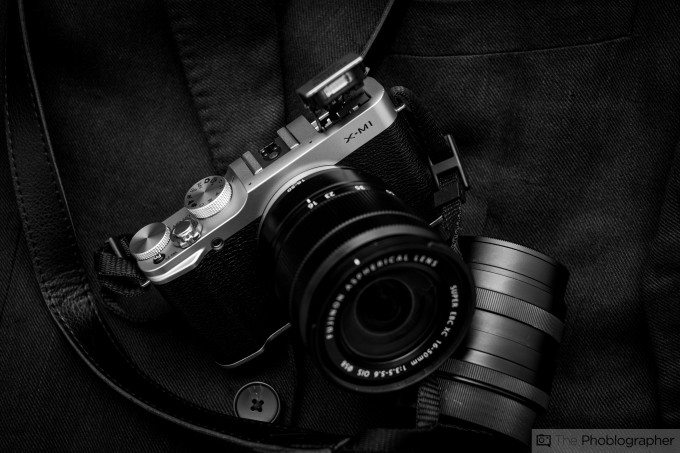
Automatic Shut Off
There are two modes that many cameras have that you should work with a lot based on how you are shooting: and those are sleep and auto shut off. If you’re using your camera consistently, then you’ll want the screen to be on for a while. But if you aren’t using it over and over again then you should set the sleep mode to be a bit longer (maybe every five minutes).
The other mode is automatic shut off. This is when the camera automatically turns itself off to prevent the battery life from draining. At certain times, it can be a true godsend. Again, you’ll want to set this based on how you’re shooting. If you’re going for a while in between shooting images, then let the camera turn itself off.
Instead, don’t turn it on and off yourself. This will actually drain the battery even more because of all the extra energy needed to get the camera prepped for work.
Specific Focusing Point Selection
Consider the following:
– Person A gets ready to shoot an image with their camera. They autofocus, but the camera doesn’t focus on what they want. So they autofocus again–and camera seems to not focus on the intended subject yet again. This keeps happening until after some struggling Person A says, “Finally.” At last, the camera has focused on a subject.
– Person B gets ready to shoot an image with their camera and as they’re looking at the scene, they choose a focusing point and give the camera a hint at where they want it to focus. The camera focuses in the area and the person shoots the image.
Person A wasted more time expending battery life. Focusing the camera requires the processor to choose an area to focus, move the lens, and display this information to the user. But what’s killing the battery life is the screen and having to move the lens over and over again.
With that said, choosing a focusing point before shooting will always help preserve battery life.
Adjust the Backlight
Many cameras have backlight settings–your phone has them too. The backlight setting is when your camera screen is at its brightest. When it detects that you’re not using it for a while, it will automatically dim itself. Set the backlight to the shortest reasonable duration for what you’re shooting. If you’re consistently shooting subject after subject then you’ll want to lengthen how long it takes before it dims itself. If not, then consider shortening the backlight setting and preserving the battery life.
Shoot Single Photos, Not Bunches
We’ve seen many shooters fire off loads and loads of images when all that they really needed was one image. One of the big reasons for shooting this many is because you’re guaranteed to shoot at least one without camera shake. Instead of doing this and draining the battery life to power the LCD, practice good shooting habits. For example, controlling your breathing and tucking your arms/elbow into your body can stabilize the camera and give you images with less camera shake.
Use a Faster Memory Card

Besides the LCD screen, making the processor work less is also a fantastic way to preserve the battery life. And the absolute best way to do this is to get a faster memory card. When you own a faster memory card, the processor takes less time to write each image. But if the card is slower, then it will take more time and also require more energy.


